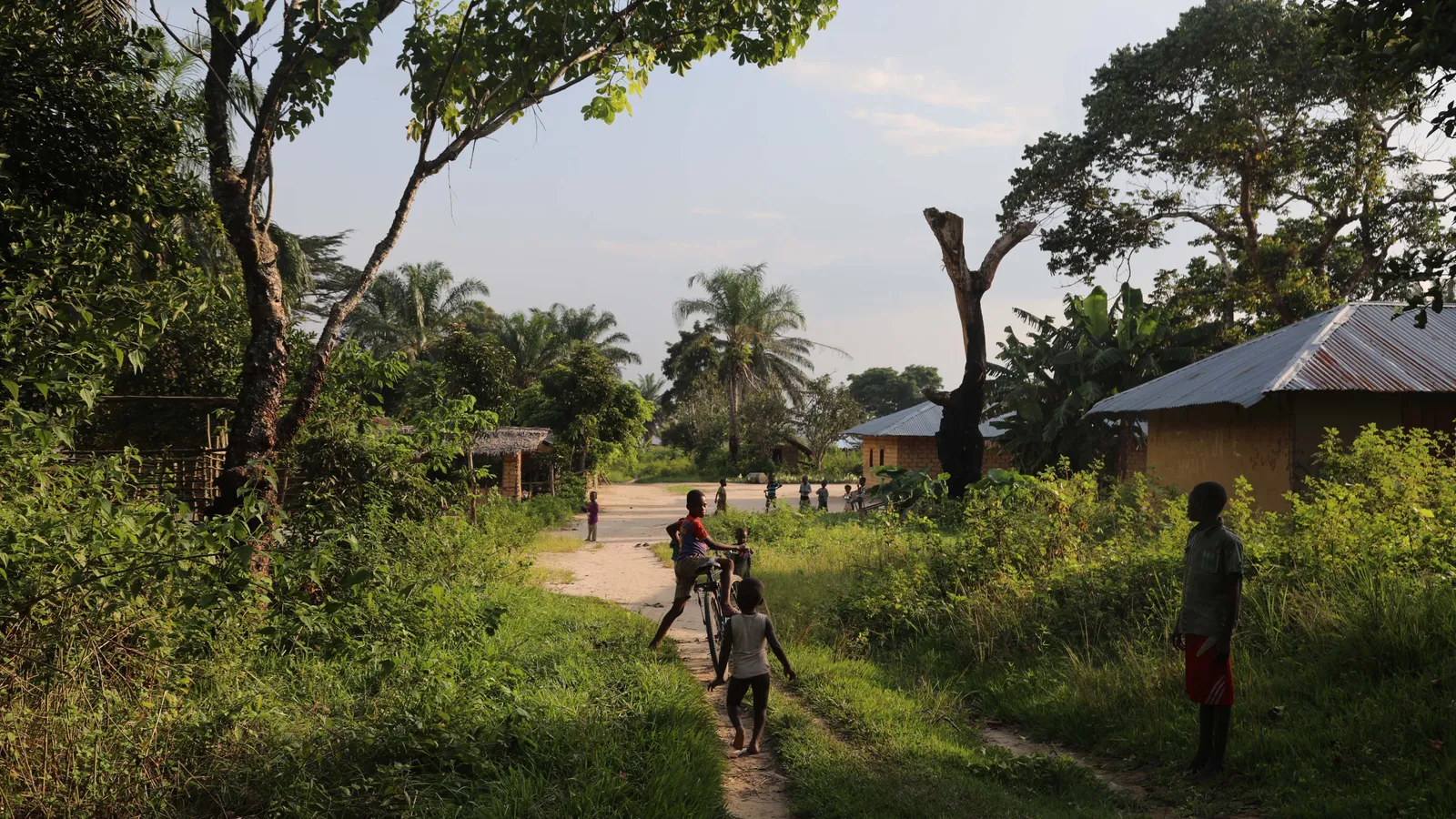The bold plan to save Africa’s largest forest

This region contains the second-largest rainforest in the world, which plays a crucial role in regulating the world’s climate. The forest’s decline is being slowed by a plan inside it.
Patrick Wasa-Nziabo gently eases dozens of kernels from a sun-dried cob into a large plastic bucket filled with lemon-yellow corn at his bare feet.
The 31-year-old is sorting through the plump harvest of maize grown on a fertile patch of land less than half an hour’s walk from his village, Nkala, deep in the tropical rainforest of the Democratic Republic of Congo.
We can’t process all the corn because it grows so quickly,” Wasa-Nziabo explains. His fluttering motion reminds them of the grey parrots that are common in the region. Our earth here is so rich. It nourishes us in many ways. We consider it sacred.”
People of Nkala have been interacting with the forest for generations, but in one fundamental way it has changed recently. On December 19, 2018, the 300 villagers of Nkala in the DR Congo, home to the Congo Basin, the world’s second-largest rainforest, were granted 4,100 hectares (16 square miles) of forest under a revolutionary scheme.
As a result, the community gained the legal right to own and manage the forest they live in for the first time in their history. In spite of the slow pace of development in one of the world’s poorest regions, early signs indicate that community ownership could be a powerful tool to halt the deforestation in the Congo Basin rainforest.
Managing the scheme is the Ministry of Environment’s community forestry division, headed by Fifi Likunde Mboyo. “This is an enormous opportunity for transformation of the country,” says Mboyo. Leaving the past behind is a new beginning.”
There are 314 million hectares (1.2 million sq miles) of primary rainforest in the Congo Basin – the oldest, densest and most ecologically significant. Across six countries in central Africa, the rainforest plays a crucial role in maintaining the world’s climate: the Democratic Republic of Congo, Cameroon, the Central African Republic, the Republic of Congo, Gabon and Equatorial Guinea. In comparison, the Amazon contains 519 million hectares (2 million sq miles) of primary rainforest.
A third more carbon is stored in the Congo Basin’s trees each year than in the Amazon rainforest because the Congo Basin’s trees are taller and more resilient to climate change. There are more tree species in one hectare of Congo Basin rainforest than there are in all the native trees in the UK combined. It also houses the world’s most extensive tropical peatland, 10,000 tropical plant species and endangered species that cannot be found anywhere else in the world. The okapi is a unique mammal that is best described as a cross between a giraffe and a zebra. It is made up of forest elephants, lowland and mountain gorillas, and mountain gorillas.
“As a major repository of biodiversity, it provides enormous services to humanity,” says Simon Lewis, a geographer at University College London who has studied the Congo Basin since 2002. Congo Basin rainforests, which have suffered less deforestation and are more resilient to climate change than Amazon rainforests, have played an important role.”
